Unveiling Aruba's Rich Heritage
Join us on a captivating journey through Oranjestad's history and culture on this free walking tour, exploring its most iconic landmarks and hidden gems.
Time
3 Hours
Stops
8 Places
Distance
1.7 km
Fort Zoutman and Willem III Tower
This historical site is the oldest structure in Aruba, built in 1798, and offers insights into the island's colonial past.
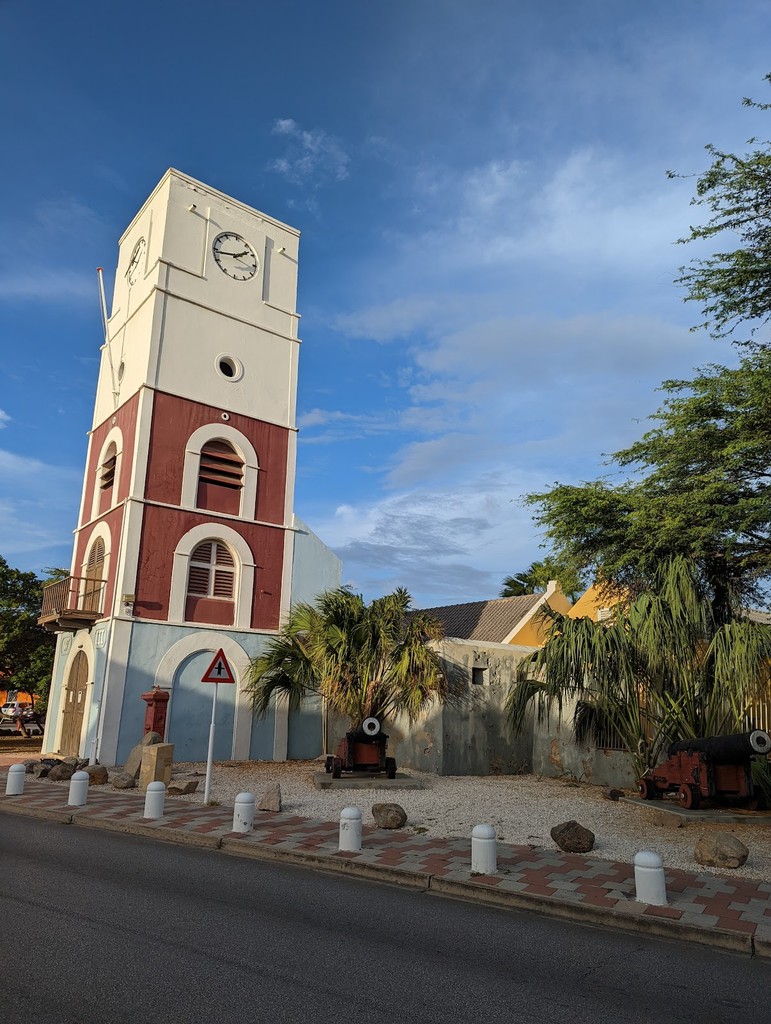
Fort Zoutman and Willem III Tower (Source: Google Maps)
Fort Zoutman, built in 1798, stands as the oldest structure in Aruba, symbolizing the island's colonial past. Originally constructed to protect Oranjestad from pirate attacks, the fort has been meticulously preserved and now houses a museum showcasing Aruba's history. The adjacent Willem III Tower, named after the Dutch king, was used as a lighthouse and watchtower. Together, they offer valuable insights into the strategic importance of Aruba during colonial times and its evolution into a vibrant cultural hub. The site is a testament to Aruba's resilience and the blend of European influences that have shaped its identity.
Historical Museum of Aruba
Located in the heart of Oranjestad, this museum offers an in-depth look at Aruba's history and culture.
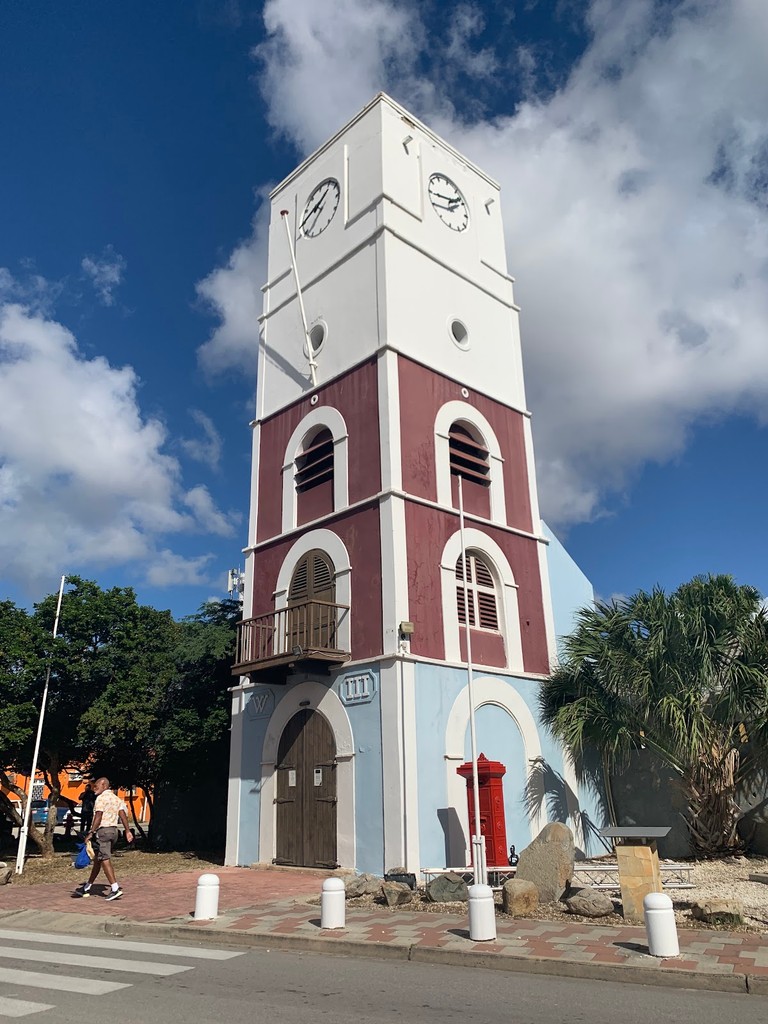
Historical Museum of Aruba (Source: Google Maps)
The Historical Museum of Aruba, located in a charming 19th-century structure, serves as a gateway to the island's rich history. Through its diverse exhibits, visitors can explore Aruba's journey from indigenous settlements to colonial rule and modern-day society. Artifacts, photographs, and engaging displays provide a comprehensive overview of the island's cultural evolution. The museum is not only a repository of historical knowledge but also a center for community engagement, hosting events that celebrate Aruban traditions and heritage. Its central location makes it an essential stop for anyone looking to understand the story behind this beautiful island.
Renaissance Marketplace
Located on the waterfront, this spot offers a vibrant atmosphere with local eateries and small shops, perfect for a quick break.
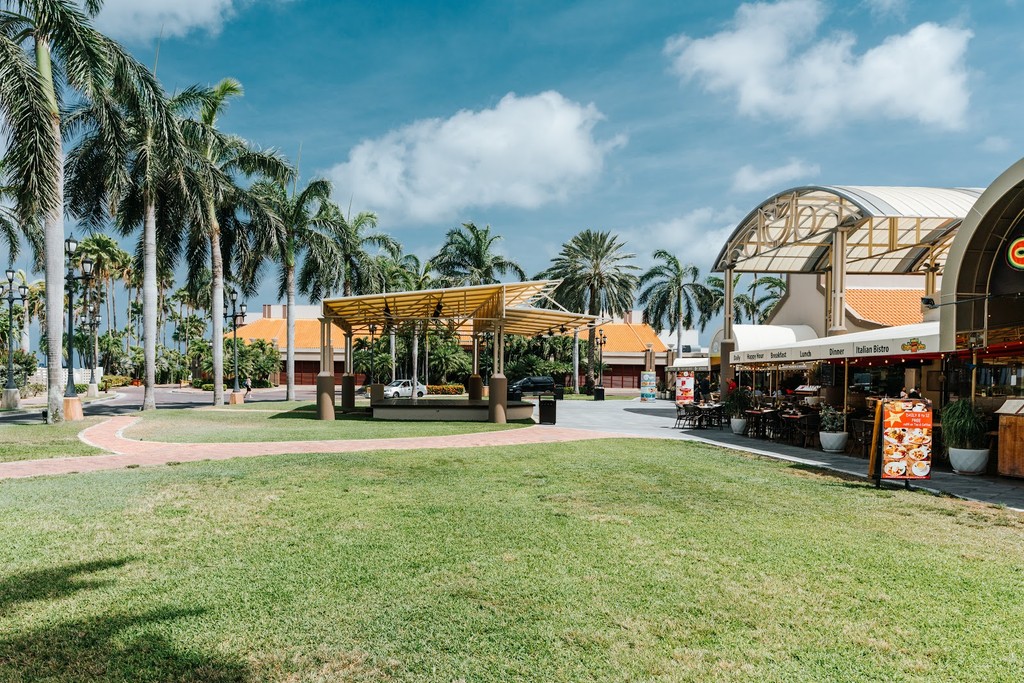
Renaissance Marketplace (Source: Google Maps)
Wilhelmina Park
A lovely green space by the waterfront, this park features a statue of Queen Wilhelmina and is perfect for a relaxing stroll.
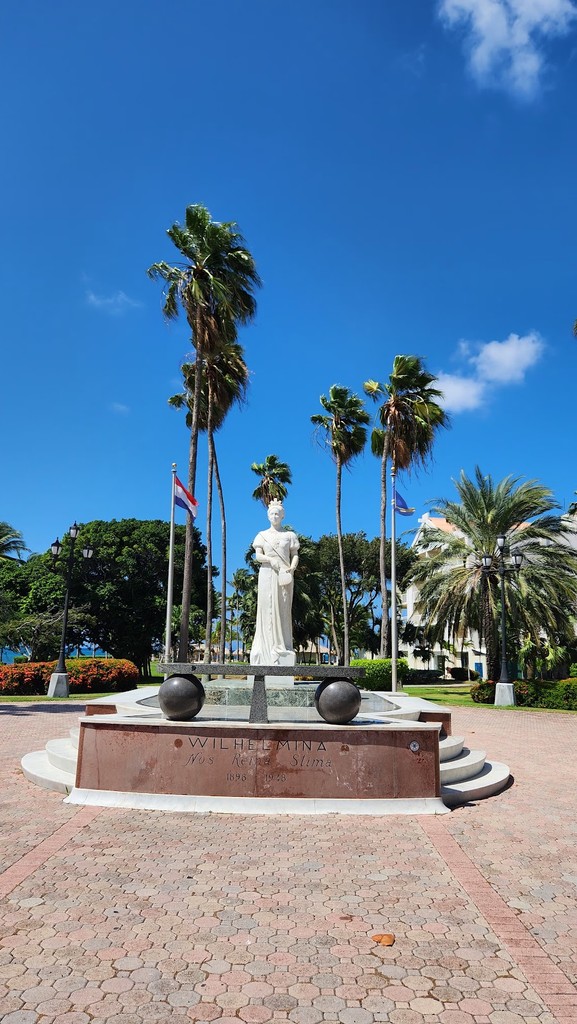
Wilhelmina Park (Source: Google Maps)
Wilhelmina Park is a picturesque green space that offers a serene escape in the heart of Oranjestad. Named after Queen Wilhelmina of the Netherlands, the park features a prominent statue of the queen, symbolizing Aruba's historical ties to the Dutch monarchy. Lush gardens, vibrant flowers, and shaded benches create a peaceful environment for relaxation and reflection. The park is also a popular gathering place for locals and tourists alike, often hosting cultural events and performances. Its scenic views of the waterfront make it an ideal spot for leisurely walks, picnics, or simply enjoying the beauty of Aruba's natural landscape.
Cosecha Aruban Craft Design & Heritage
This gallery and shop highlight contemporary Aruban arts and crafts, supporting local artisans.
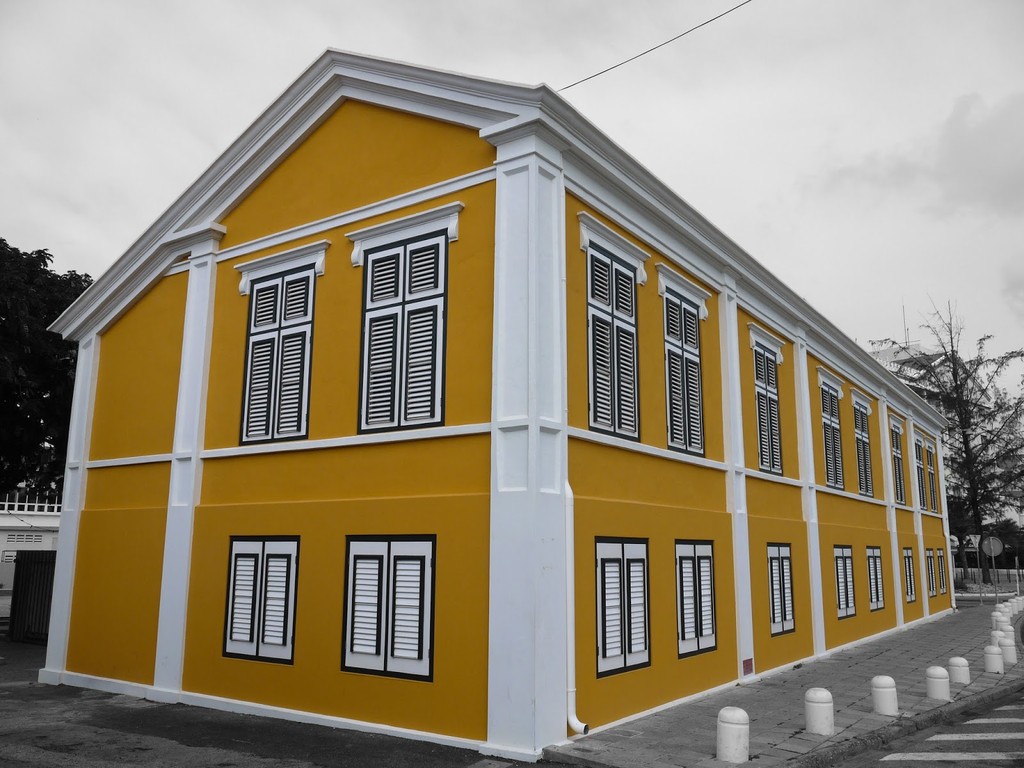
Cosecha Aruban Craft Design & Heritage (Source: Google Maps)
Cosecha Aruban Craft Design & Heritage is a vibrant gallery and shop that showcases the island's rich artistic culture. It features a diverse collection of contemporary Aruban arts and crafts, highlighting the work of local artisans. Visitors can find unique handmade items, including jewelry, textiles, and pottery, all reflecting Aruba's cultural heritage. The space serves as a platform for artists to promote their work and connect with the community. Cosecha also hosts workshops and events that engage the public in the creative process, fostering appreciation for the island's artistic traditions and encouraging sustainable practices among artisans.
Protestant Church
A beautiful example of 19th-century architecture, this church is an important part of Aruba's religious history.
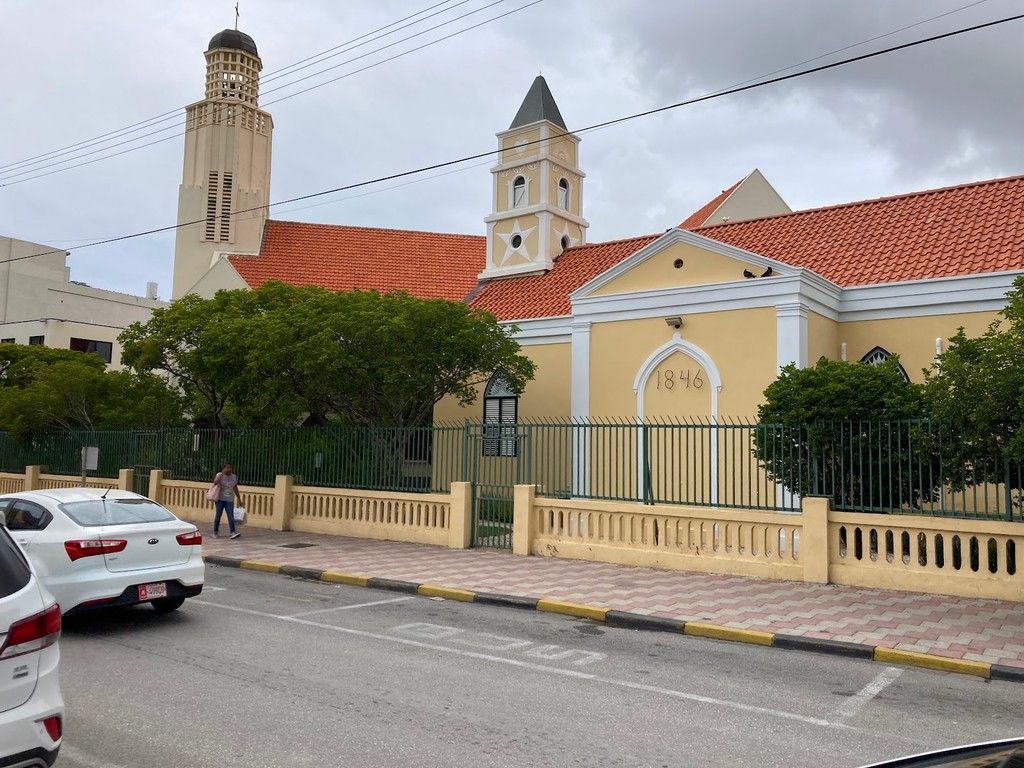
Protestant Church (Source: Google Maps)
The Protestant Church, an architectural gem of the 19th century, holds a significant place in Aruba's religious history. Its design reflects the influences of Dutch colonial architecture, characterized by its simple yet elegant lines and striking bell tower. The church has been a center for worship and community gatherings, playing an essential role in the spiritual life of the island. Inside, visitors can admire beautiful stained glass windows and wooden pews that add to its charm. The church not only serves as a place of faith but also stands as a symbol of the cultural diversity that defines Aruba.
Archaeological Museum of Aruba
This small but informative museum provides a deeper dive into the island's prehistoric and colonial history.
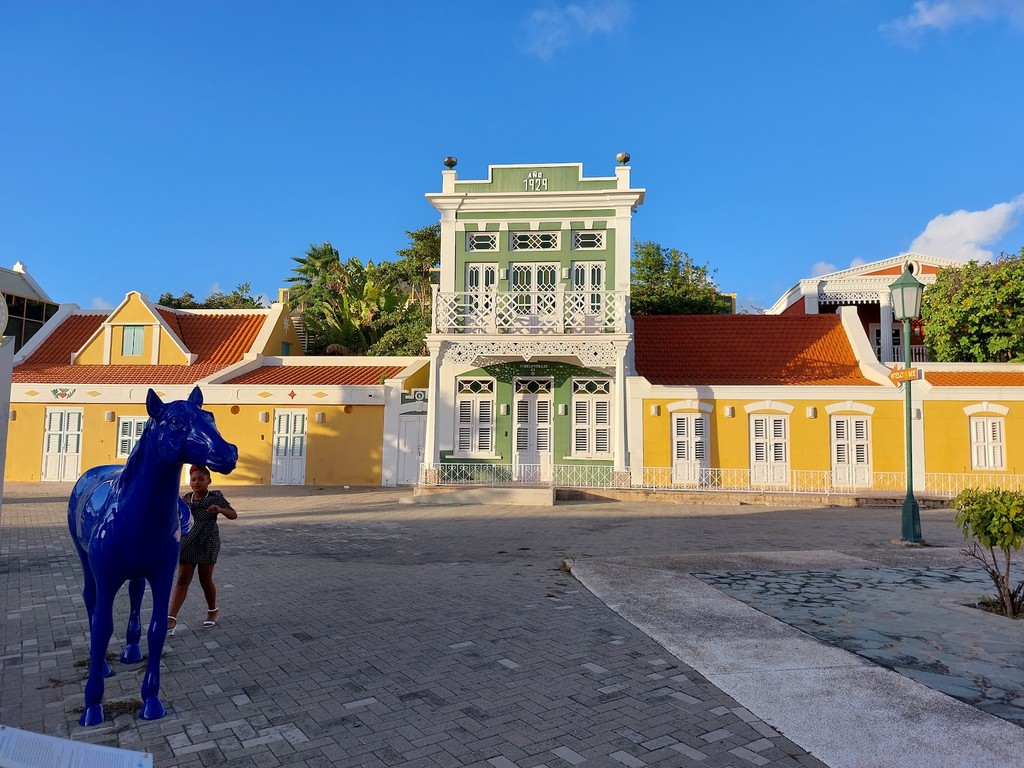
Archaeological Museum of Aruba (Source: Google Maps)
The Archaeological Museum of Aruba offers a fascinating glimpse into the island's prehistoric and colonial past. This small yet informative museum houses an impressive collection of artifacts, including tools, pottery, and ceremonial objects, that date back to the island's indigenous peoples. Through its exhibits, visitors can learn about the daily lives, traditions, and beliefs of the Arawak and Caquetio cultures. The museum also highlights the impact of European colonization on these communities. With its engaging displays and knowledgeable staff, the Archaeological Museum serves as a vital resource for understanding Aruba's rich heritage and the importance of preserving its history.
National Archaeological Museum Aruba
Just a short walk from Fort Zoutman, this museum showcases the island's indigenous heritage with artifacts dating back to 2500 BC.
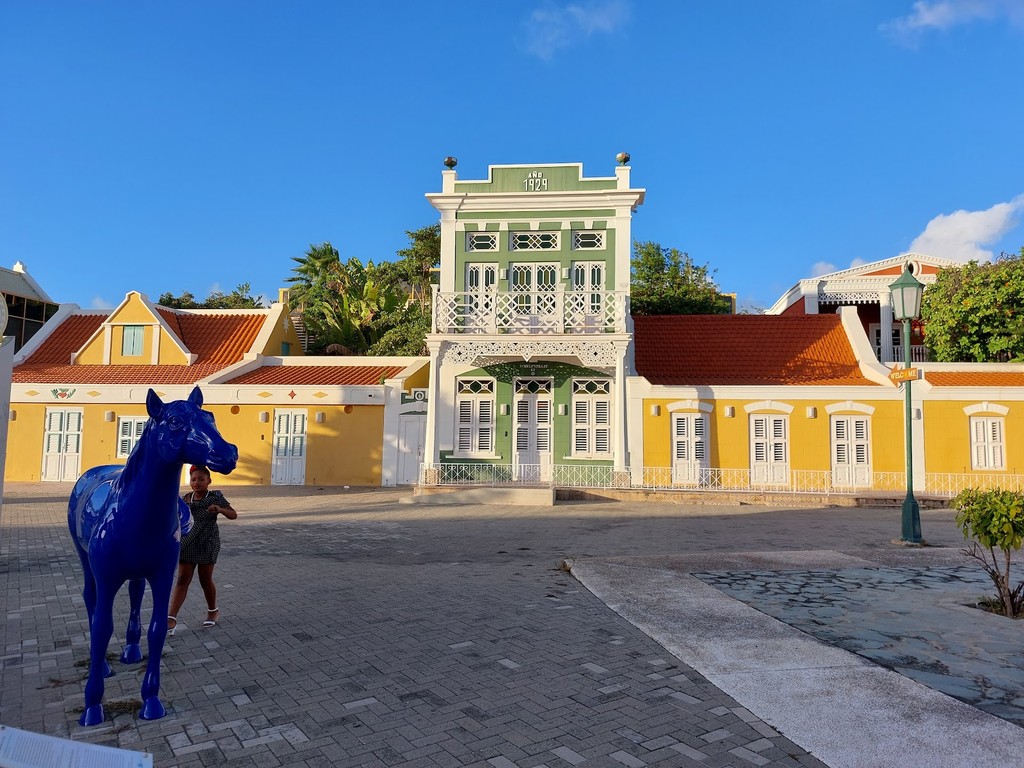
National Archaeological Museum Aruba (Source: Google Maps)
The National Archaeological Museum Aruba is a treasure trove of the island's indigenous heritage. Located near Fort Zoutman, it showcases an extensive collection of artifacts that date back to 2500 BC, including tools, pottery, and ceremonial items used by the island's early inhabitants. The museum provides valuable insights into the lives and cultures of the Arawak and Caquetio peoples, exploring their connection to the land and sea. Through informative exhibits and interactive displays, visitors can appreciate the significance of these artifacts in understanding Aruba's history. The museum plays a crucial role in preserving the island's cultural legacy and promoting awareness of its indigenous roots.

Your travels, your rules.
Create your own Free Walking Tours.
Set your preferences, distances and anything you want to do or see.
Completely free, no payment required.